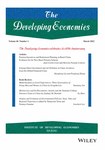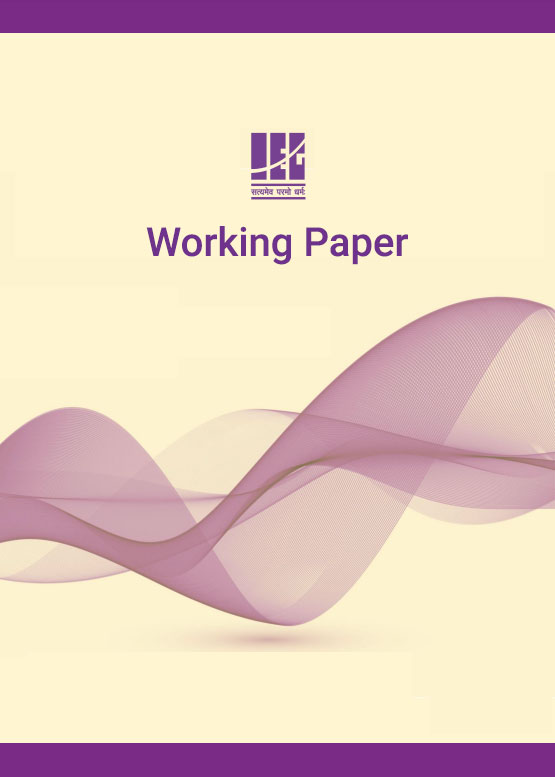Inter-governmental Transfers and Convergence in Public Expenditure: Evidence from States in India
Speakers:
Sandhya GargIEG-Delhi
India, a quasi-federal structure specifies the provisions of federal transfers to sub-national governments to cushion their inadequate expenditure capacity. Observing this provision of federal transfers and large disparities in real per-capita expenditure, I explore evidence of convergence in total real per-capita expenditure and its various sub-categories across Indian states for the period of 1980-81 to 2018-19. There exists conditional β-convergence in all expenditure categories. However, the sigma convergence approach shows that the disparities exist and are rising across states. While inter-governmental transfers have positive and significant association with the growth of per-capita expenditure, the impact varies for different types of transfers. Transfers, devolved based on a composite formula, seem to be more expenditure augmenting than the discretionary components. It can be explained by large volatility, multiple channels of distribution, and non-transparent accounting mechanism for the latter. Further, the per-capita real GSDP has higher association with expenditure growth. It indicates that the poorer states are not catching up with the richer ones as their capacity to spend is driven more by their own GSDP rather than inter-governmental transfers. Therefore, it is imperative for states to enhance their own GSDP and rely less on the inter-governmental transfers.





